Prince Edward Island oysters shells and quahogs fresh off the sea
Seafood as well as crustaceans play an important role in the cuisine of Prince Edward Island and the Atlantic provinces of Canada play a major role. No wonder! The sea is nowhere far away. That's why on this trip we took a closer look at the delicacies that the sea delivers: Prince Edward Island mussels, oysters and quahogs. We were invited to John and Jackie Gillis's home in South Pinette, a small harbor on a sheltered bay about forty minutes from Charlottetown. John owns property there on South Pinette Harbor, in front of which is his oyster bed, which he fishes year-round. They show us how he harvests the shellfish. His wife Jackie also explains to us how best to prepare them.
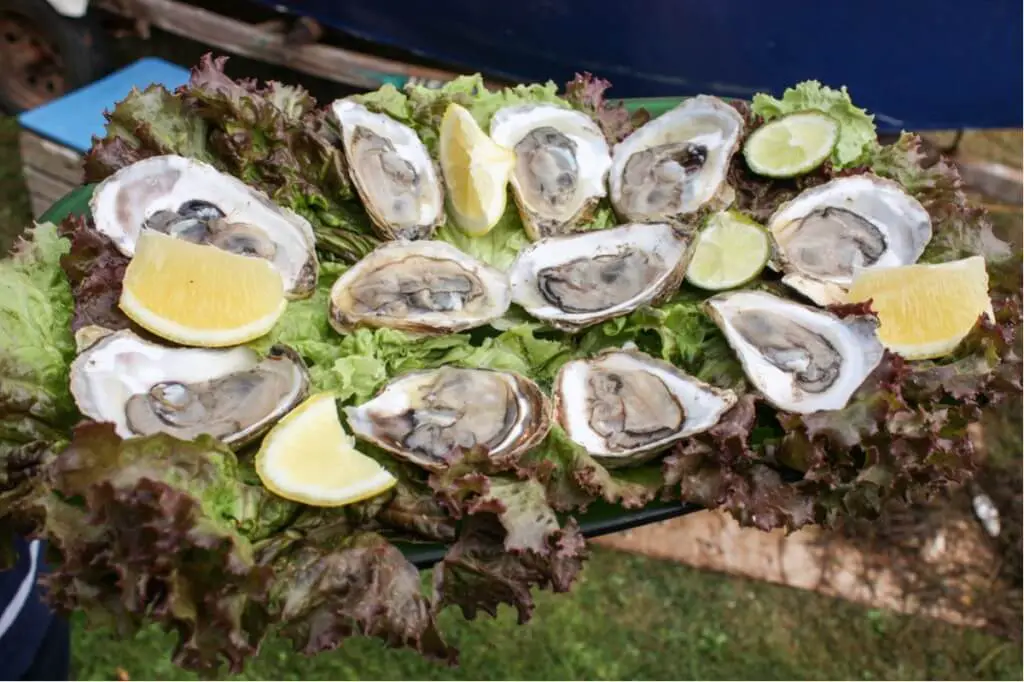
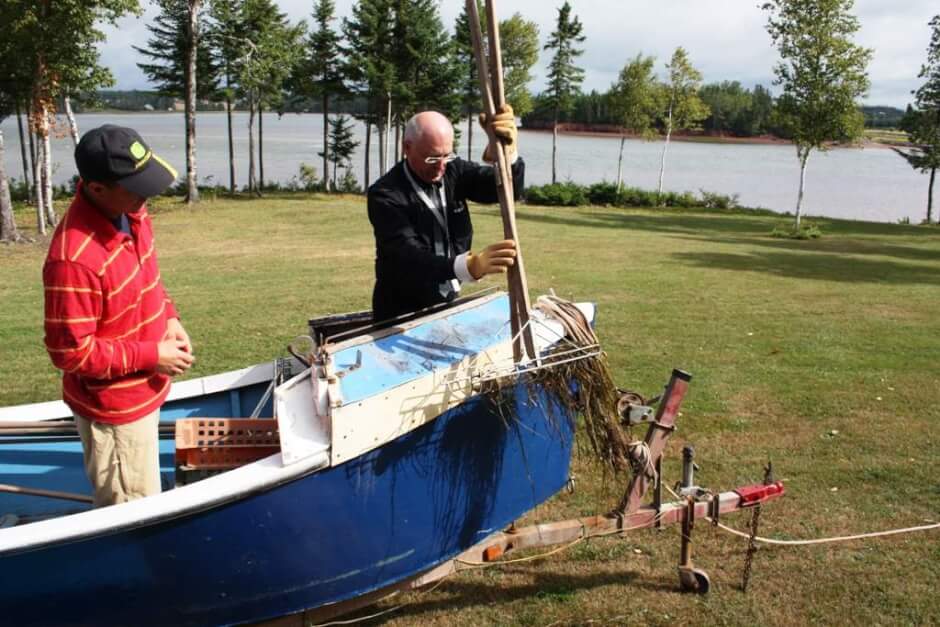
How do you collect oysters in the Wadden Sea?
John brought his oyster boat ashore because he could better demonstrate the oyster fishing process. To do this he needs a kind of long tongs with which he searches for oysters on the bottom of the bay. He picks them up, then measures their size, which must not be less than a certain limit, and collects them in his basket on board. If the oysters are too small, he throws them back into the water. “The penalties are severe if we are caught with oysters that are too small. And why should I take it? Next year they will be much more interesting for me,” he laughs. He also shows us how different the shapes of the oysters can be. “The shops only want the regular-shaped oysters,” he says. “The eye eats with it.” But the unusual shapes of the crustaceans do not change the taste. These oysters all end up in the cooking pot at home.
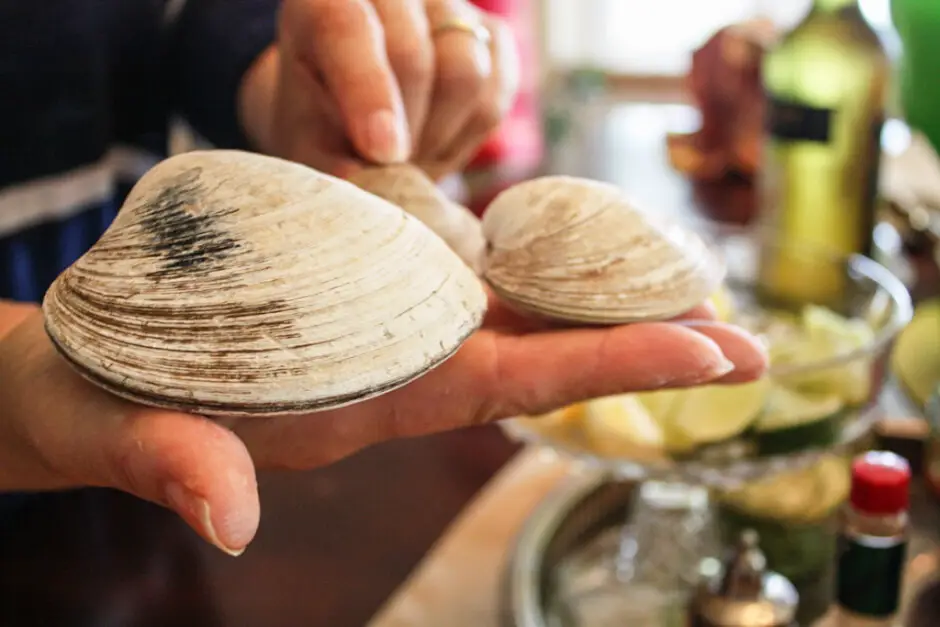
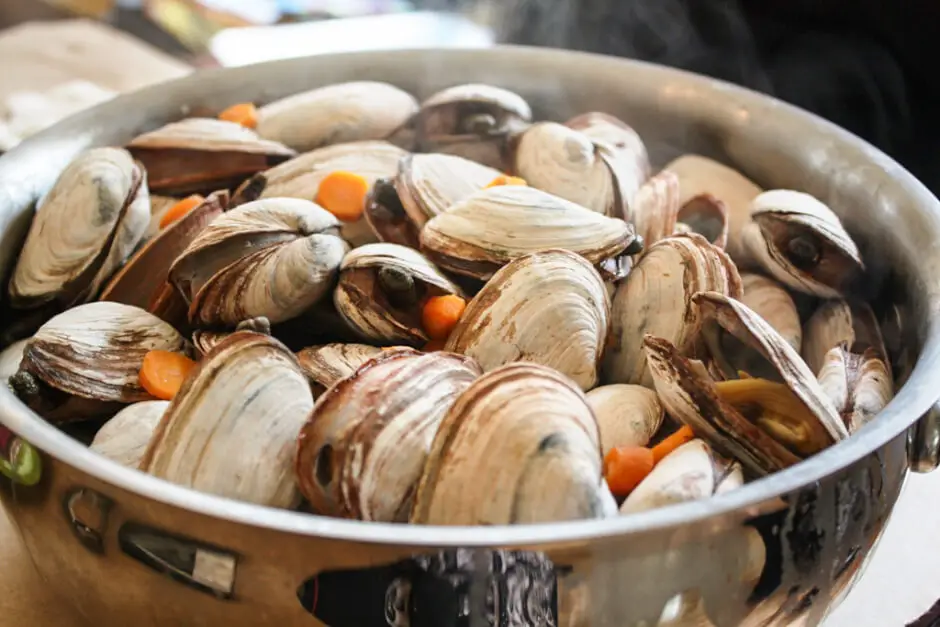
We experience oyster mussels and quahogs in oyster paradise
Jackie, his wife, laughs and says: “We live in paradise here. No matter what is happening in the world, we have our food right on our doorstep. And for whatever else we need, we sell the best oysters.” She explains that John fishes for oysters all year round – even in winter. In the summer he goes out and collects other types of oysters from the ocean, such as the large ones quahogs with their palm-sized shells. “You have to taste them. “I’ll throw a few more on the grill,” she says, and immediately disappears into her kitchen to get a bucket.
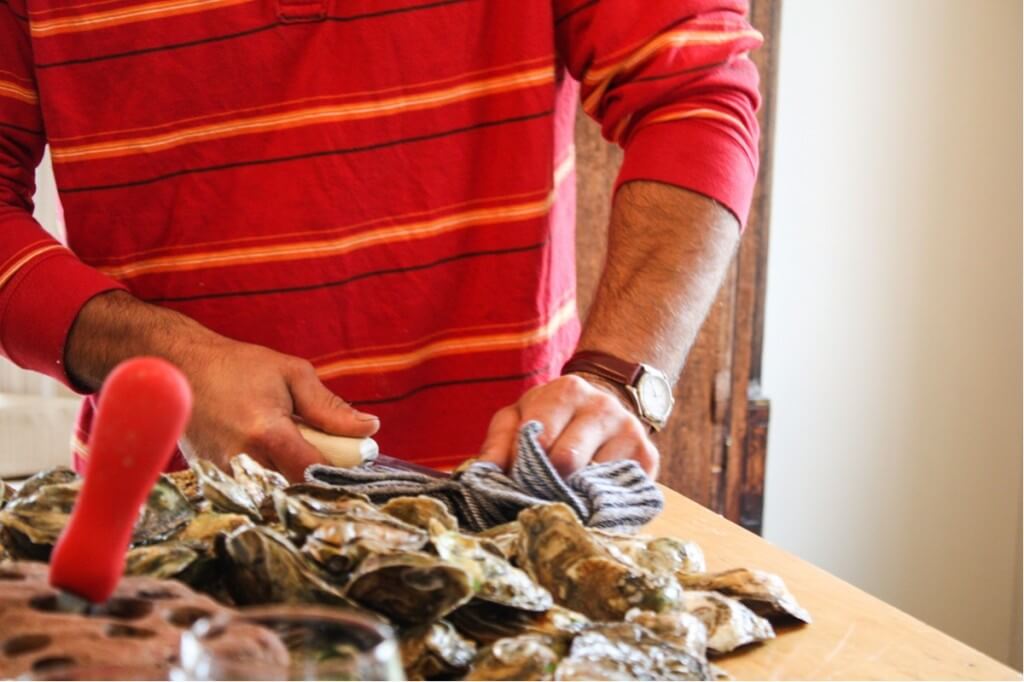
Opening oyster shells and quahogs is difficult
In the couple's dining room, the table is overflowing with fresh oysters and Prince Edward Island mussels, and John leads us inside. He takes a thick tea towel, grabs a sharp short knife, and then shows us how to open oysters and mussels. “You slide the knife sheath between the oyster halves and cut along the edge. Then you separate the slimy contents from the shell and can slurp the oysters,” he says. “So it’s easy.” I prefer to leave the opening of the mussels and oysters to him, because it’s not that easy. Opening the shells requires skill as well as strength.
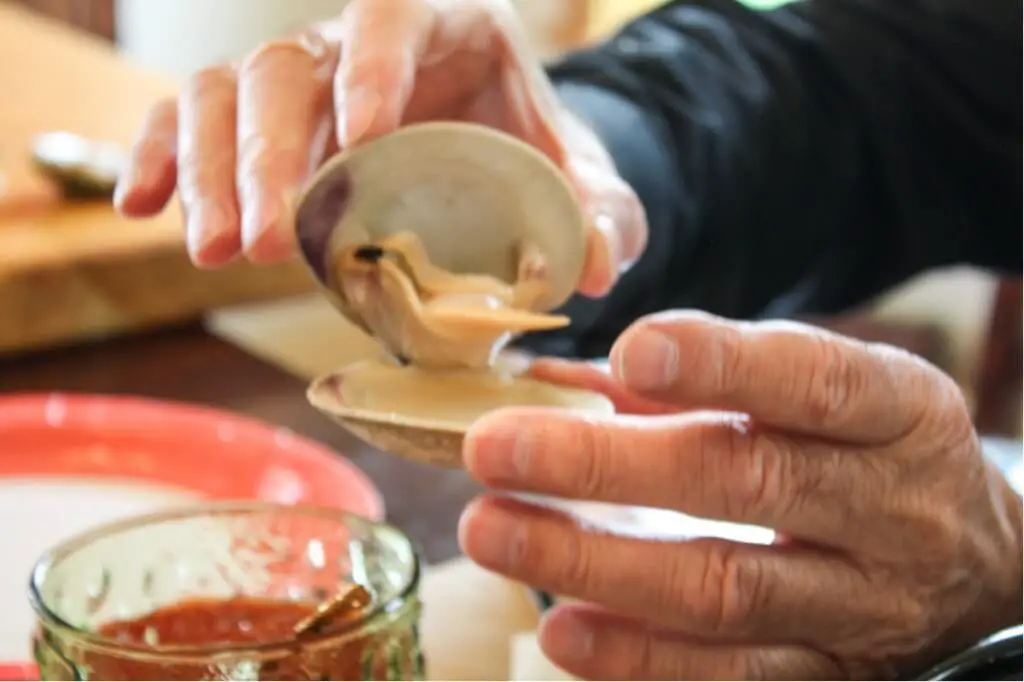
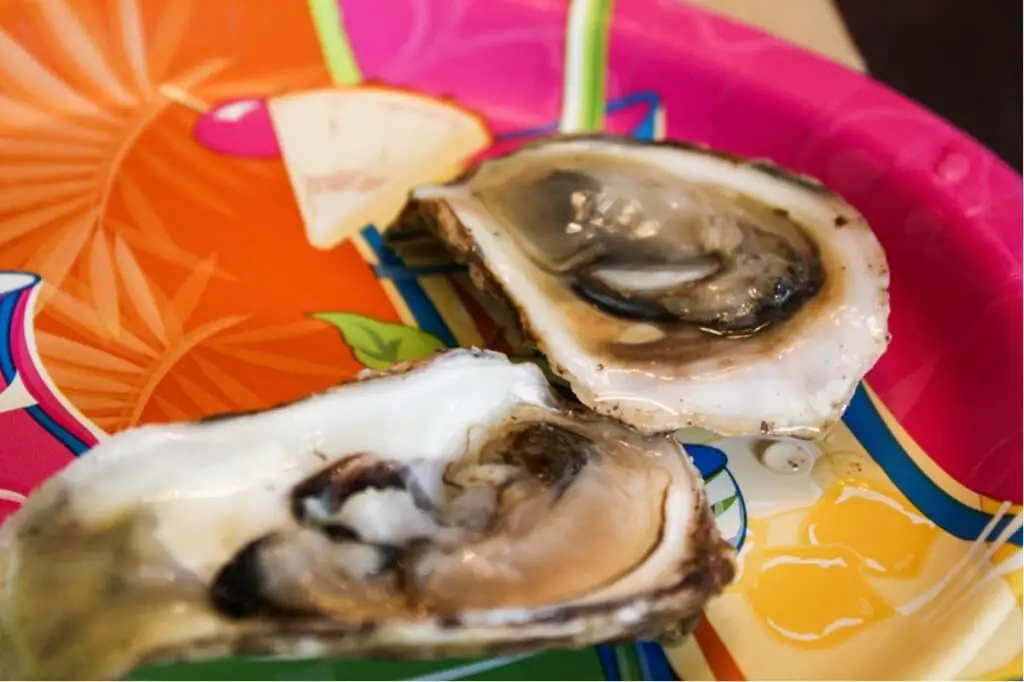
How do you eat oysters clams and quahogs?
I find the ingredients that Jackie offers with the shellfish interesting: these include Tabasco, a tomato sauce with vegetables, fresh lemons, olives, horseradish, grated cheese and diced bacon. “You can eat the oysters fresh from the sea, but you can also boil them or throw them on the grill. A few minutes are enough for them to be ready.” She brings us various plates on which she serves us cooked mussels with carrots or oysters fresh from the charcoal grill. They are all delicious. However, I can't decide which method of preparation I prefer. But when it comes to the ingredients, I quickly know: I like oysters and Prince Edward Island mussels best with fresh lemon.
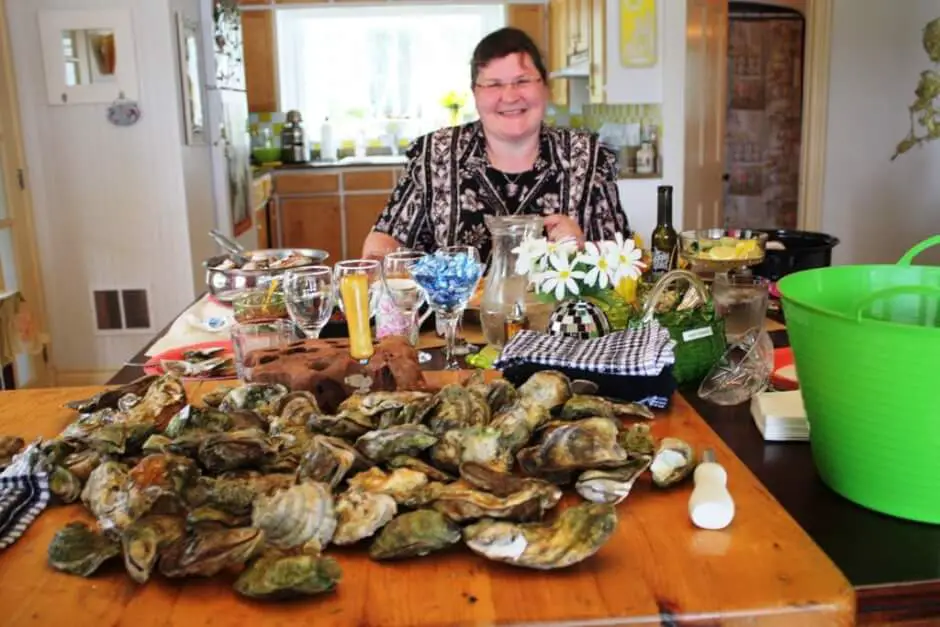
And how about you? Have you ever tasted oysters or Prince Edward Island clams fresh from the sea?
Do you even want to try the fresh oysters of John and Jackie Gillis? Here's how:
Pinette River Oyster Co.
Oyster Lovers Experience
John and Jackie Gillis
3763 TransCanada Highway
Belle River, PE C0A 1B0
Phone (902) 659-2231
Email: jmg@pei.sympatico.ca
Early reservation is required. From four participants, John and Jackie Gillis will tell you how to fish oysters and serve you the epicurean meal of fresh seafood.
Are you traveling by motorhome and want to try oyster mussels and quahogs?
- An example of a campsite is Cornwall, Charlottetown KOA Holiday, 208 Ferry Rd, Cornwall, PE C0A 1H0, Canada, Tel. 1-800-562-4194. However, there are other campsites in the area.
- Do you want to rent a mobile home? Then you can find information here, for example, and booking options.
- Be sure to check our packing list for campers to see whether you have packed everything for your motorhome tour.
- Also, forget yours backpack . There are beautiful hiking opportunities in the area.
Canada East
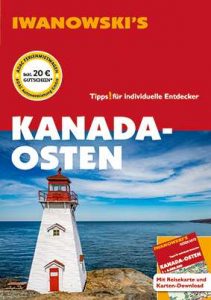 You want to know more about Prince Edward Island, oyster clams and quahogs as well as Canada's east? Explore the cities, each of which is different. The metropolitan city of Toronto is the largest city in the country. Montreal awaits you with a mix of French flair and British lifestyle. The capital Ottawa lures with world-class museums and the centers of power in Canada. Feel transported to 17th-century France in Quebec City.
You want to know more about Prince Edward Island, oyster clams and quahogs as well as Canada's east? Explore the cities, each of which is different. The metropolitan city of Toronto is the largest city in the country. Montreal awaits you with a mix of French flair and British lifestyle. The capital Ottawa lures with world-class museums and the centers of power in Canada. Feel transported to 17th-century France in Quebec City.
Nature in eastern Canada is also impressive. Follow the banks of the St. Lawrence River and discover a world that is more reminiscent of the sea and extends far into the continent. Experience the coastal landscapes, the river valleys that criss-cross the interior and the rolling hills of the Appalachian Mountains. Let yourself be impressed by the difference in tides in the Bay of Fundy. Enjoy the landscapes of Prince Edward Island. Explore the coastal and archipelago region in Nova Scotia. Explore one of the most beautiful coastal roads in Eastern Canada on Cape Breton Island: the Cabot Trail. Or look forward to the residents in the fishing villages of Newfoundland and Labrador. Their hospitality is what makes this region so welcoming.
Order the Travel Guide Canada - East Here *, which Monika publishes as a co-author.
If you purchase via a link marked *, we receive a commission, which we use to run this blog.
Travel Arrangements:
Parking at the airport
Here you can reserve your parking space at the airport.
Arrival:
Arrival by plane, bus or train*. Air Canada, Lufthansa and Icelandair fly from Germany to various airports in eastern Canada.
Car Rentals:
Cheap car hire - book quickly and easily!
Camper Rentals:
Hotels:
Hotels on Prince Edward Island * you can book here, for example.
Do you know this?
- From fish, lobster and caviar
- Charlottetown PEI restaurants
- The Cabots and their voyages of discovery
- Sanibel Island Florida - This island is all about clams
- Experience Miami sights from the boat
- Ottawa Winterlude
- Ottawa Winterlude hotels
Discover more travel tips for trips to savor on our blog TravelWorldOnline.
Source Oysters, mussels and quahogs: own research on site. We would like to thank Tourism Prince Edward Island and the Canadian Tourism Commission for the kind invitation to this trip. However, our opinions remain our own.
Text oysters, mussels and quahogs: © Copyright Monika Fuchs and TravelWorldOnline
Photos: © Copyright Monika Fuchs and TravelWorldOnline
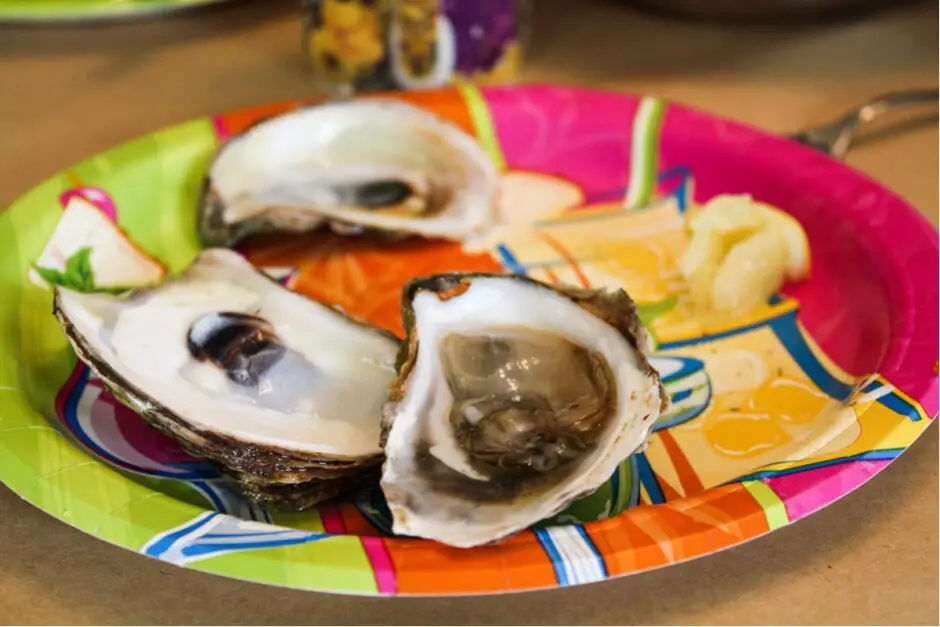
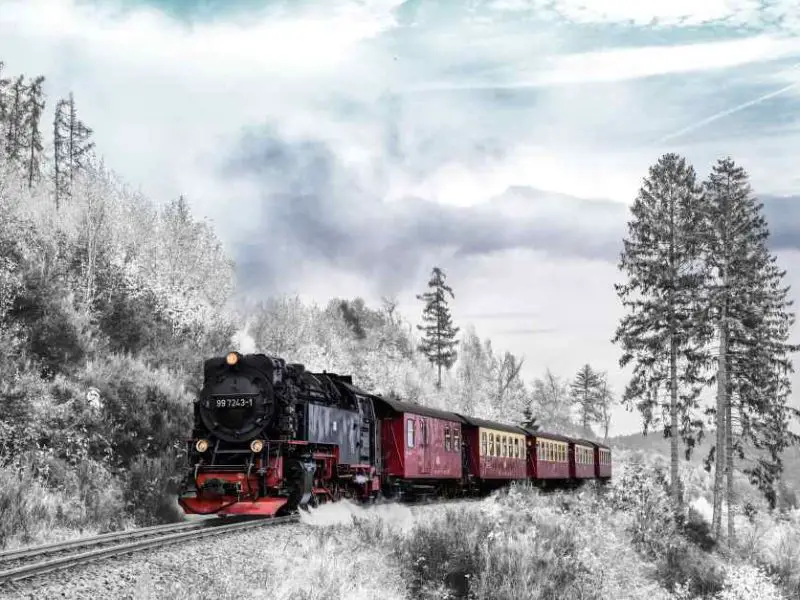
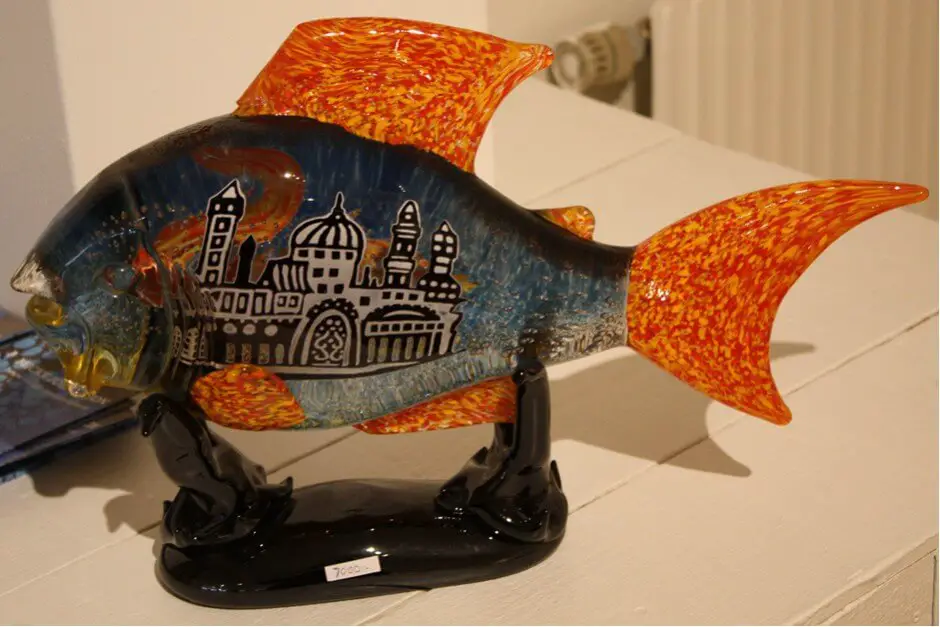
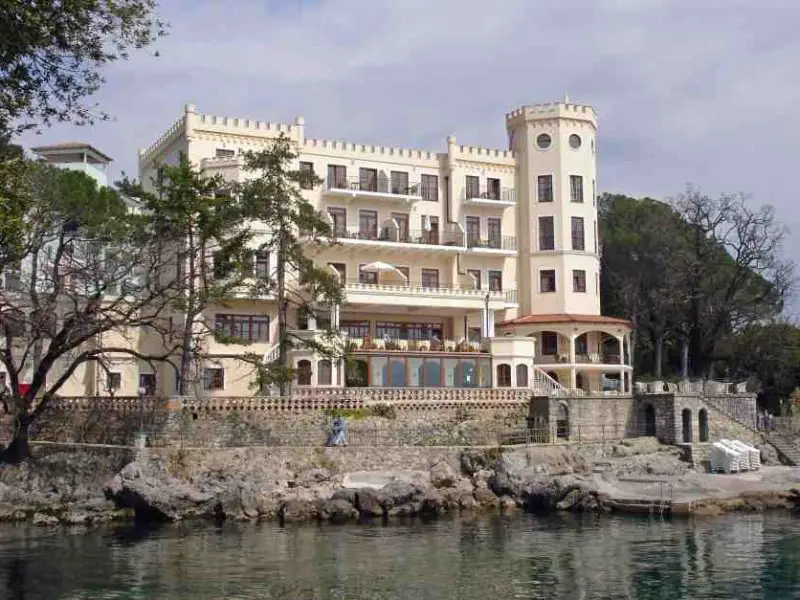
Dear Monika,
what a great experience! I am glad for you, that you have these possibilities on your travels! PEI is our goal when we fly 2019 to Nova Scotia. I hope I can wait until then for some reports from you. :)
And to your question. No, I have never eaten oysters, but would like to try, especially if they are so fresh!
LG
Charnette
Dear Charnette,
that was a real experience for connoisseurs. I think you can see that on the photos :) .
Best regards,
Monika
Hello Monika, Now I am quite surprised that too small oysters are thrown back into the sea. Because actually they grow on the rock. When they are detached, what happens to them? Or does not every species grow on the ground? In any case, they are fascinating! Greetings, Jutta
Hello Jutta,
I'm not sure about that either. But on our visit to Prince Edward Island he showed us different species. The size he took very seriously, because he said, what brings him a small oyster in this year, if it is twice as big after another year in the sea. So they continue to grow when he throws them back into the sea. We did not see the seabed, but I'm pretty sure it's sandy there. The oysters on PEI grow between algae and kelp, if I understand correctly. Not on rocks. At Wikipedia I found this information about the American oyster: https://de.wikipedia.org/wiki/Amerikanische_Auster The one described by you is probably the Pacific Oyster: https://de.wikipedia.org/wiki/Pazifische_Auster In Europe there is also the European oyster: https://de.wikipedia.org/wiki/Europ%C3%A4ische_Auster, An exciting topic!
Best regards,
Monika